Sabotage

Sabotage was one of the best-known forms of action by the Resistance, and saboteurs accordingly had a central place in the Chant des Partisans (”Hey, saboteur, take care with your load: dynamite...”). Particularly vivid in the collective memory is the figure of the railway saboteur, removing the bolts from a rail or setting off an explosive charge as a goods train or a train carrying German troops went past. This was the type of action carried out in Airan, near Caen, on the night of 15 to 16 April 1942, when a commando of four members of the Francs Tireurs et Partisans (FTP) derailed a train full of German servicemen on leave. Twenty-eight of them died in the attack, and dozens more were injured. Two weeks later, the same rail was sabotaged, killing another ten German soldiers. The occupying authorities retaliated violently, executing 24 prisoners after the first attack, then a further 28 after the second, as well as arresting 120 people in the department of Calvados, 80 of whom were deported on 8 July 1942 to Auschwitz.
Some acts of sabotage were spectacular: in June 1941, a commando of Free French agents put the electricity substation in Pessac, near Bordeaux, out of action; on 25 February 1944, Léo Hamon and five members of groupes francs (armed militias) of the Mouvement de Libération Nationale broke into the Ministry of Labour and succeeded in burning most of the files on that year's 200 000 French school leavers likely to be sent to Germany on compulsory labour service (STO). Other acts of sabotage were less direct and more discreet. But they all sought to slow down and disrupt German production and the German war effort. Acts of sabotage took many forms and had wide-ranging targets: disabling high-voltage power lines that supplied factories, sabotaging transformers that supplied power stations, destroying locomotives, putting iron filings in tins of brake grease, removing the bolts from rails, sabotaging lock gates to bring waterway transport to a standstill, removing an essential part from a machine and at the same time seizing the entire stock of replacement parts, sabotaging telephone lines; the list was endless.
Individual actions or, more often, actions organised by the ”Action” networks of Free France's BCRA, Britain's SOE or the FTP of the Front National, acts of sabotage increased in frequency as the war progressed. 1943 saw a marked increase in the number of acts of sabotage: the monthly average rose from 60 in 1942 to 136 in the first half of 1943, then 513 in the second half, to reach 1080 in early 1944, on the eve of the Normandy Landings. However, despite how genuinely effective were the acts of sabotage carried out by the Resistance, the Allies preferred bombing - even though they often lacked precision, resulting in many civilian victims - to disrupt the German productive and military apparatus on French soil.
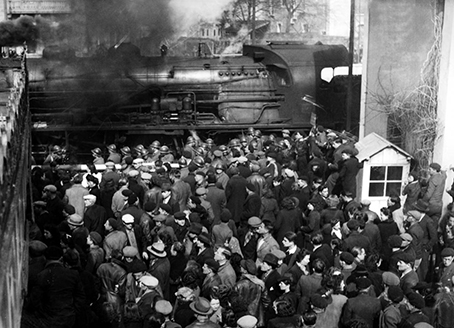
Le 10 mars 1943, à Romans-sur-Isère (Drôme), la foule proteste contre le départ d?ouvriers en Allemagne au titre du STO. La locomotive est arrêtée au passage à niveau de Mours. Copyright collection particulière.
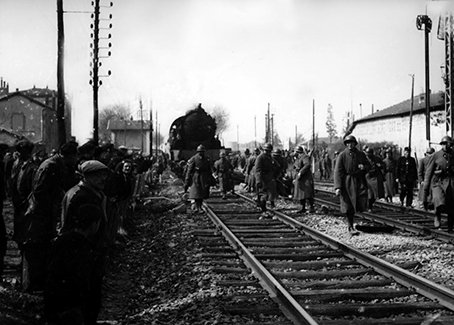
Le 10 mai 1943, à Romans-sur-Isère, des gendarmes français escortent un train d'ouvriers français en partance vers l'Allemagne qui roule au pas jusqu'au viaduc sur l'Isère, les autorités craignant un sabotage des voies ferrées. Copyright collection particulière.
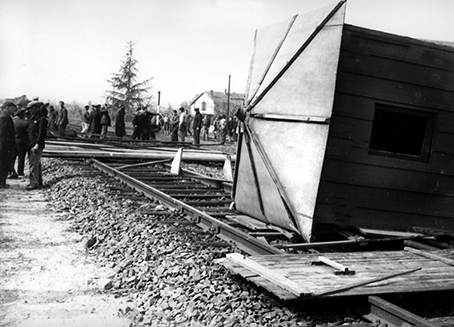
Le 10 mars 1943, à Romans-sur-Isère, des obstacles de fortunes obstruent les voies ferrées. Copyright collection particulière.
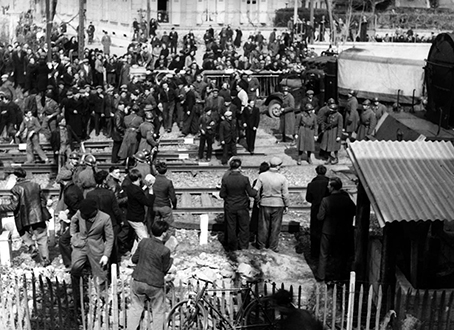
Le 10 mars 1943, à Romans-sur-Isère, au passage à niveau de Mours, des manifestants contre le STO jettent de grosses pierres sur la voie ferée. Copyright collection particulière.
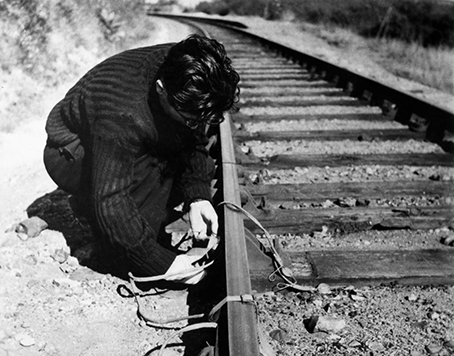
Pose d'un dispositif destiné à faire sauter une ligne de chemin de fer. Date inconnue. Copyright collection particulière.
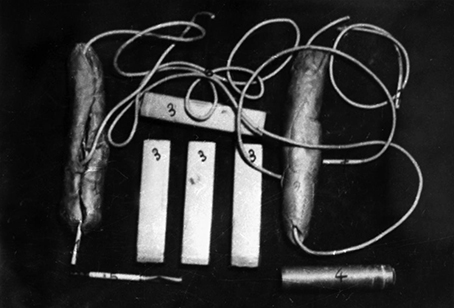
Matériel de sabotage saisi par la police de Vichy en 1943. Copyright collection particulière.
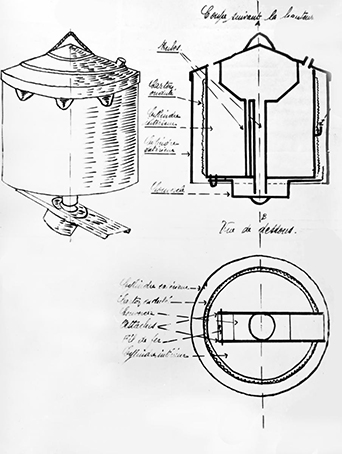
Dessin détaillant la fabrication d'un engin explosif utilisé par les résistants pour saboter les voies ferrées. 1942 Copyright collection particulière.
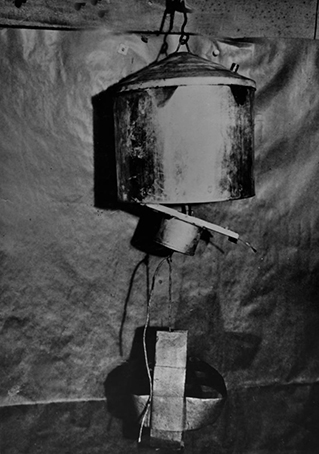
Exemple d'engin explosif utilisé par les résistants dans leurs actions de sabotage. 1942 Copyright collection particulière.
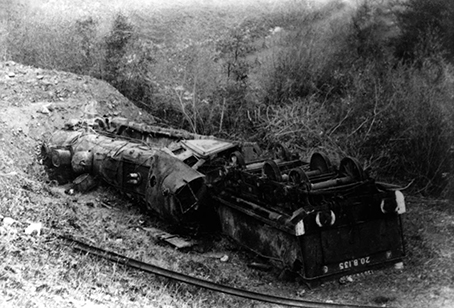
Locomotive ayant déraillé à la suite du sabotage de la voie ferrée. Date inconnue. Copyright collection particulière.
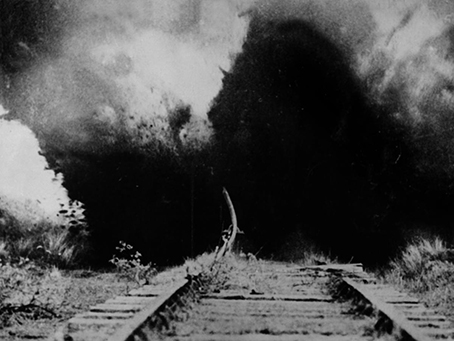
Sabotage d'une voie ferrée. Date inconnue. Copyright collection particulière.
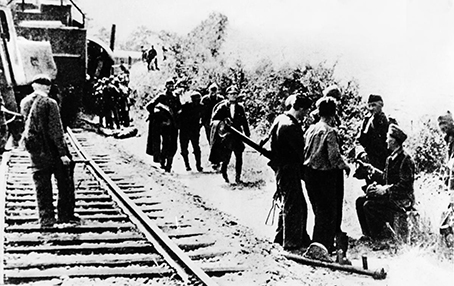
Un train de permissionnaires allemands a déraillé à la suite d'un sabotage. Date inconnue.

Sabotage du viaduc de Bouchâtel (Cévennes). Date inconnue. Copyright collection particulière.
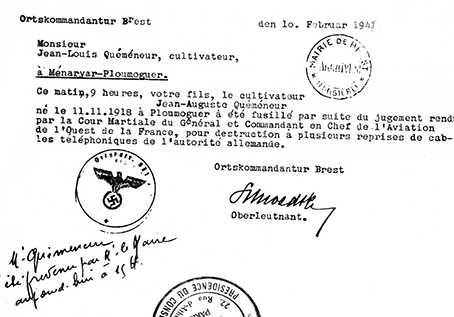
Lettre de la Kommandantur de Brest annonçant à ses parents l'exécution de leur fils, le 10 février 1941, pour fait de résistance (sabotage de câbles téléphoniques). Copyright collection particulière.

